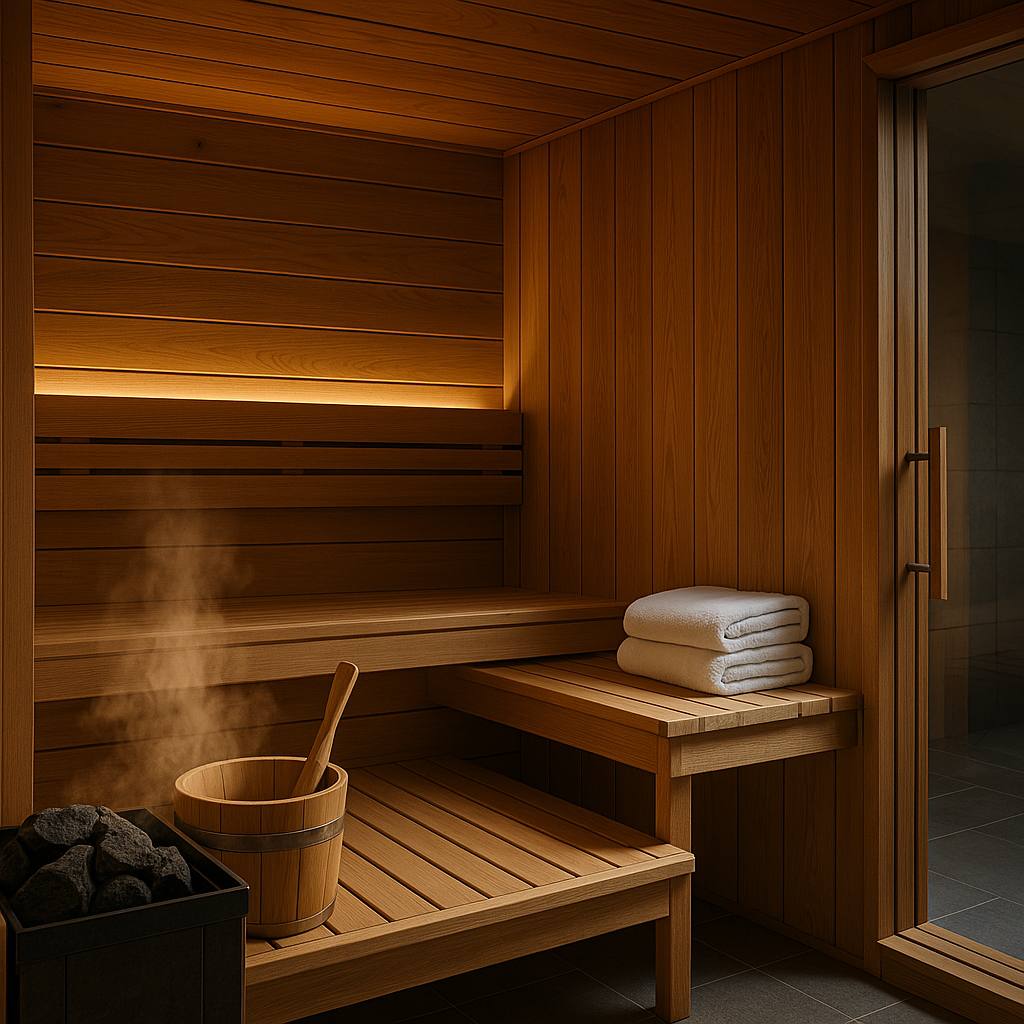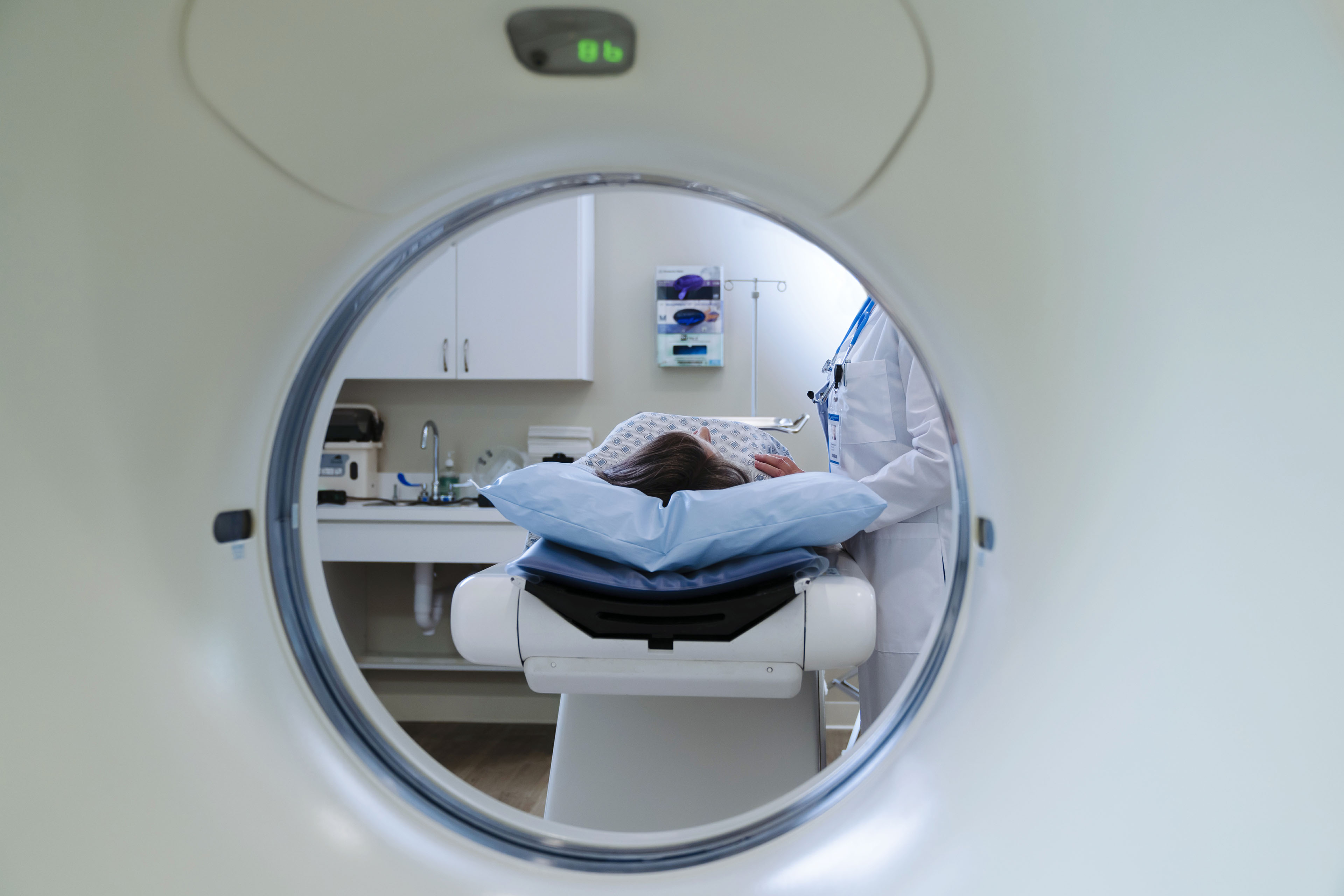Are you sitting down? Your butt may have gluteal amnesia — the fancy term for dead butt syndrome.
But don’t panic. Your butt isn’t technically dead and it didn’t forget you on purpose. Gluteal amnesia happens when you sit more than you stand, e.g. at a desk job. So, if you spend hours a day on your gluteus maximus with minimal movement, the muscles in your butt may be on life support. But there are steps you can take (literally) to prevent and strengthen your glute game which can help improve your health overall.
What is dead butt syndrome?
Dead butt syndrome happens when your glute muscles become underactive, which makes them weak over time. This can keep them from adequately doing their job, which is to support and stabilize your pelvis, hips and back and keep your body in proper alignment.
Weak glute muscles cause the surrounding muscles and other parts of the body to overcompensate, which can lead to abnormal wear and tear on joints, pain, injury and long-term health problems.
What causes dead butt syndrome?
The top offender of dead butt syndrome: sitting.
You sit on your gluteus maximus muscle — the largest muscle in the body. Over time, sitting at a desk or on the couch causes glute muscles to adapt and lengthen and lose the ability to fully contract or relax like they should.
Sitting for long periods of time also leads to tight hip flexor muscles — the muscles that support everyday activities like walking, running and climbing the stairs.
Hip flexor muscles that are too tight cause the gluteal muscles on the opposite side of the hip to become longer and weaker over time. This can lead to pain and injuries and affect the way you walk.
Sitting, a lack of exercise and overall sedentary lifestyle all contribute to dead butt syndrome.
How do you know you have dead butt syndrome
One way you can test for dead butt syndrome is by doing a pelvic bridge.
Start by lying on your back, knees bent with your ankles below your knees. Next, lift your hips until they are level with your knees. Feel any tension or cramping in your lower back or hamstrings? You may have dead butt syndrome.
Strengthening the muscles and moving more can help with some symptoms of gluteal amnesia. But you should talk to your healthcare provider if you think you may have dead butt syndrome. More serious cases may need imaging tests to rule out other problems or a referral to a physical therapist or sports medicine provider for treatment.
Preventing dead butt syndrome
Dead butt syndrome gets worse over time so the good news is that you can take steps every day to keep the syndrome at bay.
- Take walks throughout the day to break up the time spent sitting.
- Take the stairs when possible.
- Set a timer every hour as a reminder to get up and move.
- Incorporate exercise and weight-bearing workouts into your routine.
- Consider using a standing desk if your setup allows.
Dead butt syndrome exercises
There are many different exercises and stretches that can increase the blood flow to your glutes and strengthen the areas that need reviving. You may want to consider:
Standing hip extension
- Begin in a standing upright position, holding on to a stable object for support.
- Lift one leg backward, then slowly return to the starting position and repeat.
- Tip: Keep your back straight and maintain your balance during the exercise — you shouldn’t feel any pulling in your lower back.
Glute bridge
- Lying on your back with both knees bent at about a 90-degree angle and your shoulders flat on the floor and palms facing the ceiling.
- Lift your hips toward the ceiling engaging glutes and abs.
- Hold for a few seconds and then lower back down.
- Tip: Think of pushing down through your heels for stability.
Hip hinge
- Stand with your feet hip distance apart with a neutral spine.
- Keeping a soft bend in your knees, shift your hips back as your trunk leans forward.
- Return to the upright position by pushing through your hips and glute muscles.
- Tip: Help keep your back neutral and flat by keeping your chin slightly tucked down toward your chest.
Hip flexor stretch
- Kneel on the floor with one knee down and one knee up in front of you.
- Keeping your body tall, shift your hips forward evenly until you feel a stretch in the front of the hip of your leg that is on the floor. Hold for 30 seconds and repeat with the other leg.
- Tip: Place a pillow under your knee if you have knee pain.
The bottom line
It’s up to you to get off your butt and take care of your derriere.
Sitting all day is bad for your health overall and dead butt syndrome can lead to serious problems. But simple lifestyle choices such as sitting less and moving more can help keep your glutes in good health.



















 English (US) ·
English (US) ·